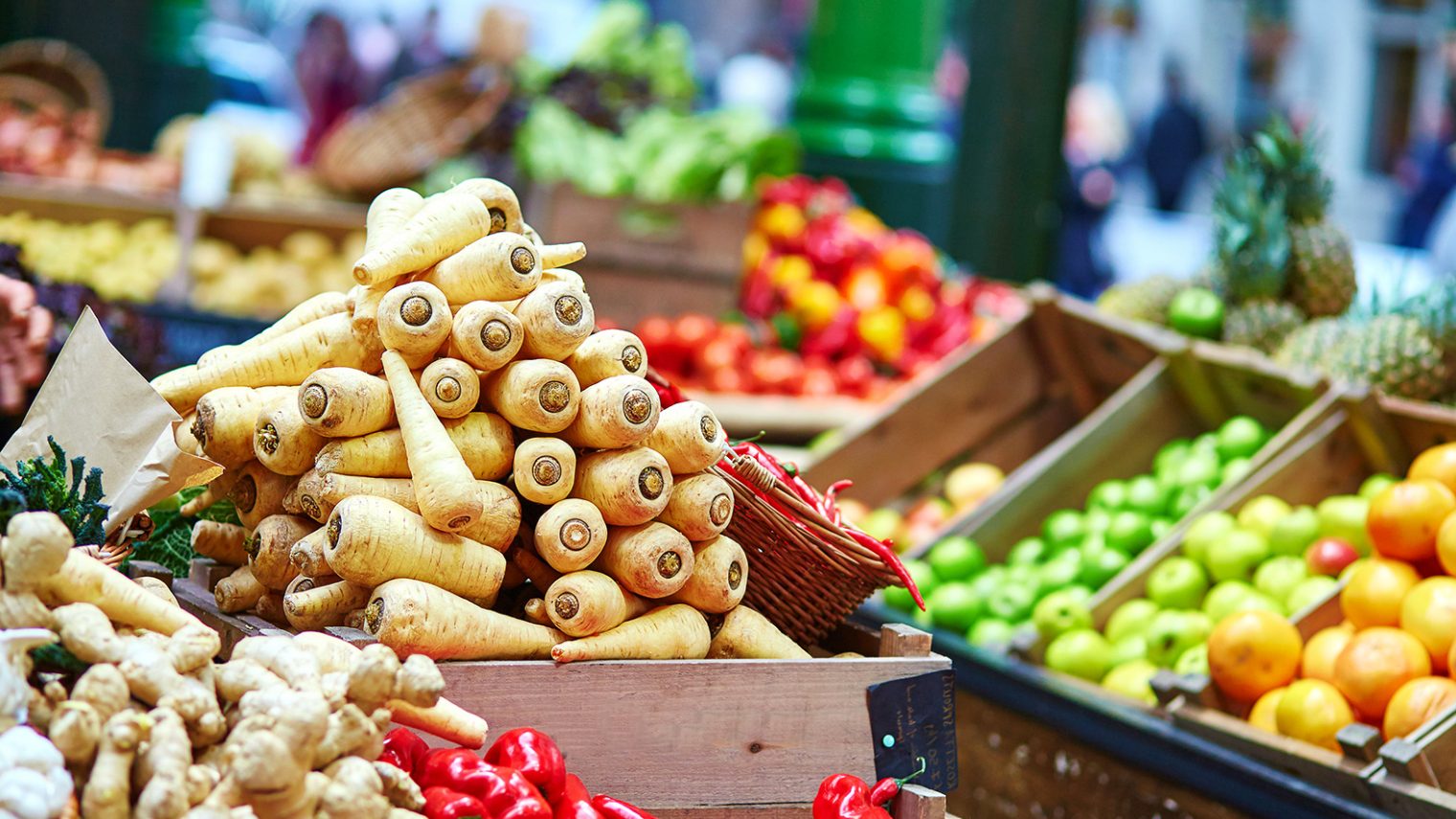NASA Explains How Climate Change Will Impact Our Food Supply

Despite being kind of distracted the past two years with other major issues, climate change has still been having an impact on our environment. Unpredictable weather patterns are increasing and one area sure to experience changes in the coming years is our food supply.
I had the pleasure of talking to Dr. Cynthia Rosenzweig of NASA Goddard Institute for Space Studies. Dr. Rosenzweig, along with many NASA scientists compile independent analysis with the help of the National Oceanic and Atmospheric Administration (NOAA). Their work discovered that 2021 tied with 2018 as the sixth warmest year of all time. Additionally, the past eight years have been the warmest consecutively since modern record keeping began in 1880. Increased heat isn’t good news for our food supply.

California has become well known for its drought conditions due to heatwaves. An important piece to our food industry, the state produces two-thirds of all fruits and nuts grown in the U.S. Each year the summer heat quickly turns the greenery of spring to brown. Between the period of 1980 to 2000, Los Angeles only experienced six extreme heat days annually, now the city is expecting an increase to 22 days.
When unpredictable weather causes changes to soil, it can affect critical growing periods and water use, resulting in lesser yield and higher costs. Droughts, downpours and flooding are the most common causes of crop loss.
Crops are already being impacted — NASA’s Global Temperature Update projects a -24% decrease in corn by the end of the century if greenhouse emissions continue rising (Jonas Jaegermeyr 2021).
Potatoes are harder to project due to the number of varieties, which means some types will be negatively impacted while others are affected positively. Ultimately, considerable increases in heat or rainfall will negatively impact crops, and livestock as well (SRCCL 2019).

Climate change is a slow process, which makes it tricky to talk about. But each of us hold the power to combat climate change by making small lifestyle changes here and there. At the very least, it’s important to be informed on these matters.
To inspire small lifestyle changes, NASA has many resources and initiatives available to the public. Alternatively, here are more specific ways each of us can work on reducing our carbon footprint. Hopefully with more awareness we’ll be able to ensure a future where our bellies stay full.






















